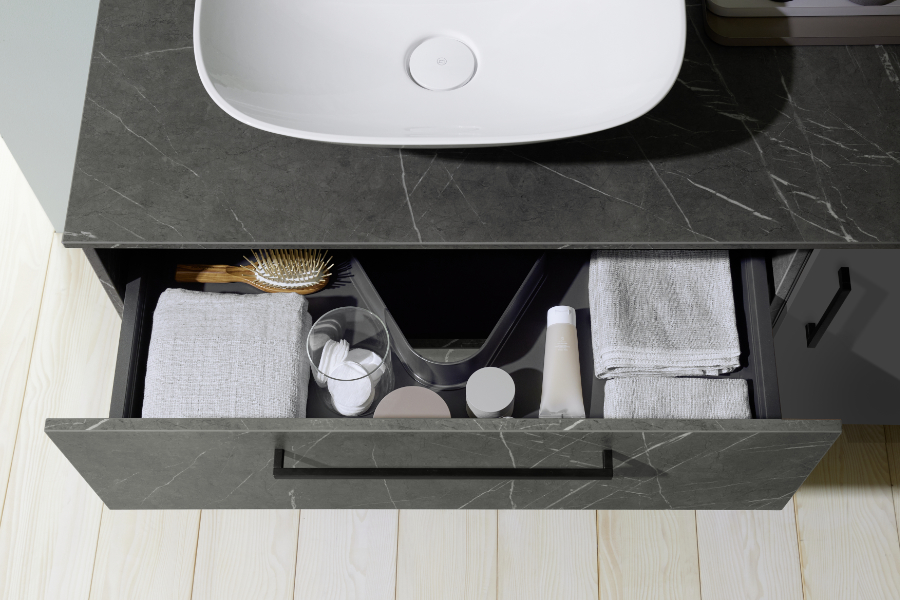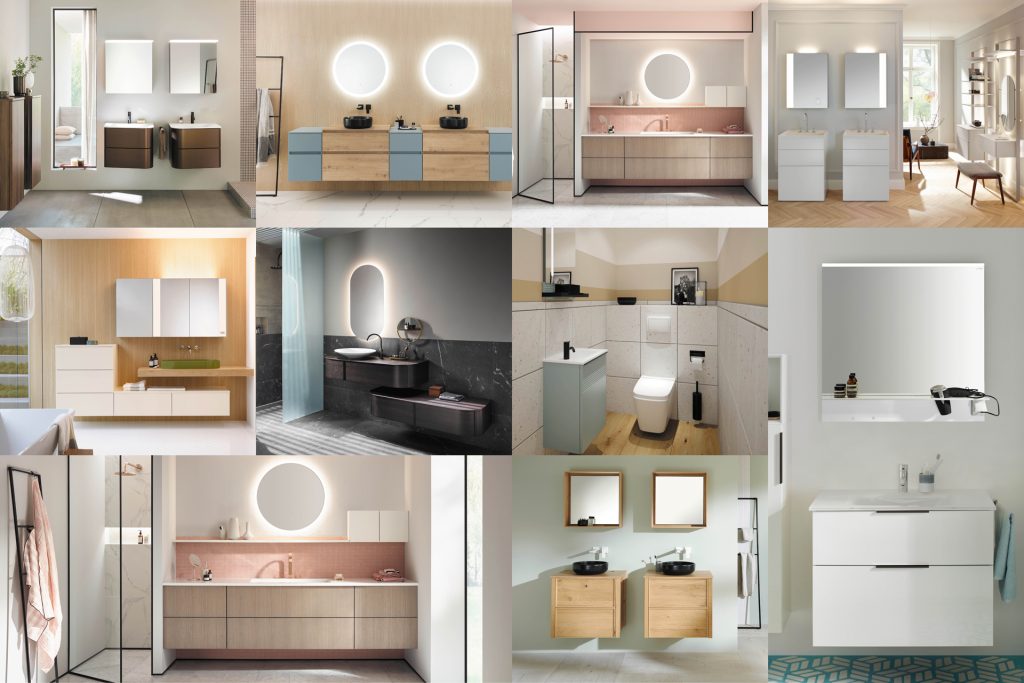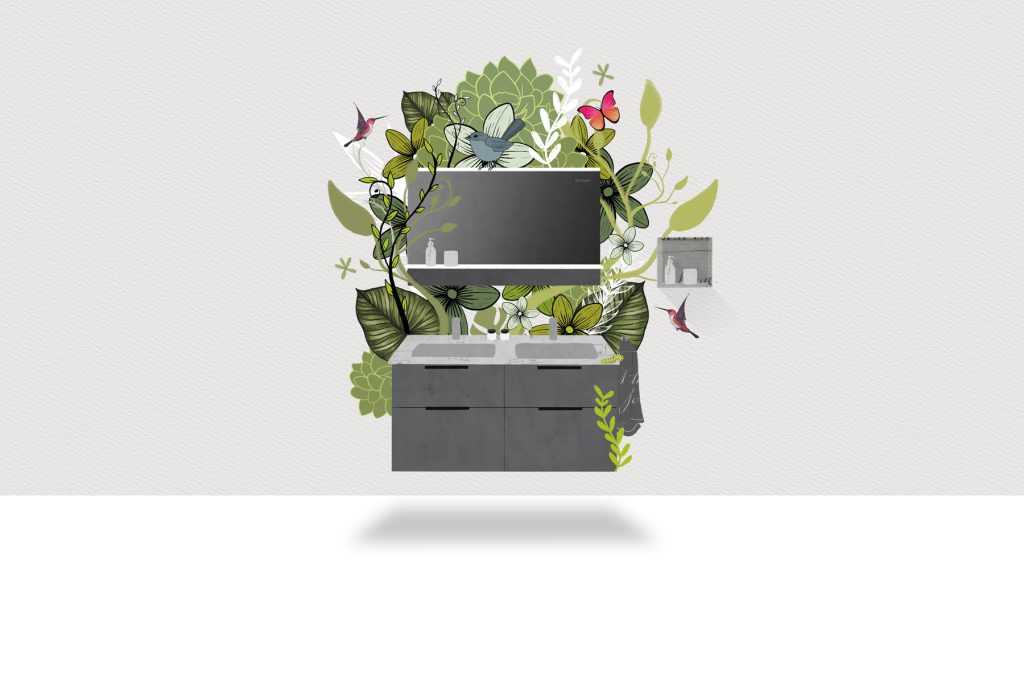On trend: freestanding bathtubs
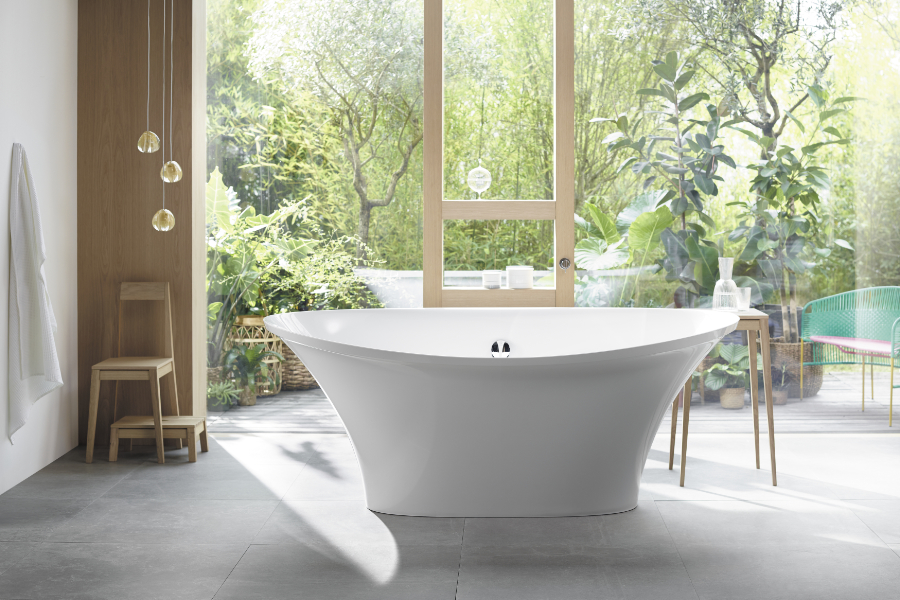
Slip into the water. Switch off. Feel the warmth. A luxurious date with yourself: could anything be nicer than escaping everyday life with a relaxing bath ritual? It’s no coincidence that freestanding bathtubs are among the top trends in bathroom design and becoming increasingly popular in bathroom planning.
Bathroom planners and architects love them: freestanding tubs are eye-catchers and provide a genuine highlight for any bathroom. As solitaires, they’re halfway between an architectural element and a piece of furniture. Because somehow, they still evoke their origins: the zinc or wooden tubs of yesteryear. When planning a bathroom, they’re a great way to centre and zone the space as they perform structuring functions that play a role in the interior architecture.
Besides a walk-in shower, a freestanding bathtub is the ultimate trend product for the lifestyle bathroom. However, while the showers cultivate a very understated look – the more unobtrusive the better – the simple but space-consuming tubs become the dominant element of the design. For building owners, a freestanding bath symbolises exclusivity and is a must-have when planning a spacious private spa. As a result, freestanding tubs stand for generous dimensions and open spaces. The fact of the matter is: today’s high-end bathrooms tend to be on the large side.
A material with a sumptuous feel: bathtubs made of mineral cast

Bathroom furniture specialist burgbad isn’t only known for its top-quality bathroom furniture – burgbad has a great deal of expertise in the field of mineral cast bathtubs as well. Since a great many of its washbasins are made of mineral cast and designed to form a single unit with the furniture components, the production of mineral cast at its own plant numbers among the company’s core competencies. The same manufacturing process is used to produce bathtubs – featuring all the product benefits the material has to offer.
How do I take care of a mineral cast bathtub?
All burgbad bathtubs are made of mineral cast. The material is pleasant to the touch, kind to the skin and easy to care for. Mild liquid cleaning products are ideal, whereas abrasive cleaners should be avoided. Further information is provided in the care instructions that are supplied with the bathtub and are also available from specialist dealers.
Freestanding bathtubs are often equipped with two sloping backrests and a centrally positioned drain. Nowadays the eye-catching mineral cast solitaires are usually no problem to set up thanks to modern installation technology. All the same, when planning a bathroom with a freestanding tub, it’s vital to check both the logistics of getting it into the room and the statics beforehand so as to avoid unpleasant surprises.
The strict symmetry of freestanding tubs emphasises their almost monolithic character, and in most cases their design is emphatically simple as well. The freestanding Diva variant exemplifies this kind of design perfectly. Occasionally, however, freestanding tubs come in quite classic, traditional forms that embody a more nostalgic style. A simple yet subtly organic design as in the case of Badu is highly unusual – and very special.
A perfectly sloped backrest for a truly enjoyable bath
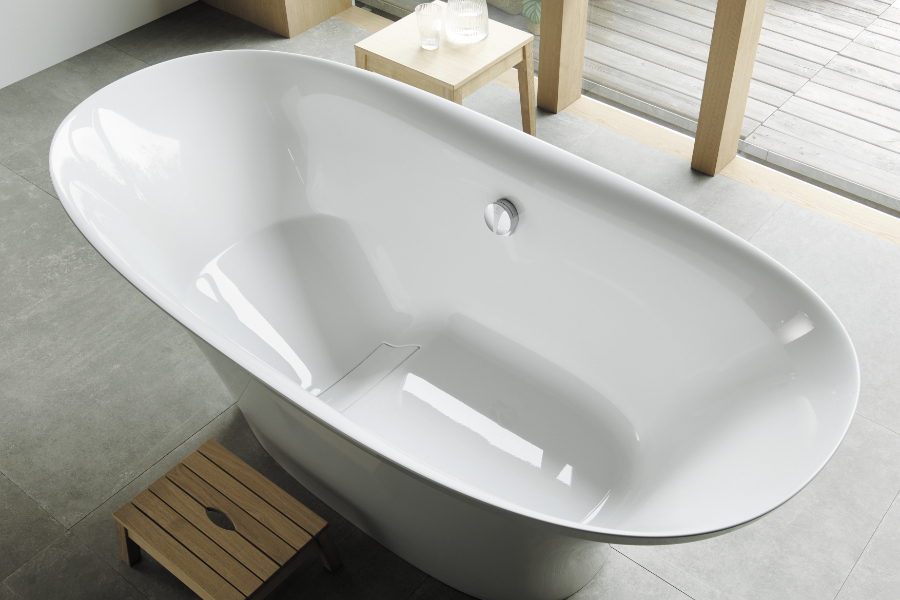
The Badu relaxation tub from burgbad enables an innovative, patented reclining position that combines reliable support with a feeling of weightlessness. Developed by designer Thomas Gerig, the ergonomic shape of the tub is created by an indentation on the floor of the bath, which enables the user to adopt a slip-proof position as they relax and lean their upper body against the back of the tub. At the same time, the legs are free to move around and float in the water. The surrounding handrail integrated into the rim of the bath also aids relaxation by making the tub safe and easy to get in or out of.
When selecting a bathtub, it’s important to remember that the reclining position in ergonomically shaped tubs is considerably affected by buoyancy – a “dry trial” cannot fully convey the relaxing sensation the tub will provide when filled with water.



